Your Cart is Empty
Get Up To 35% OFF & Free Delivery
Get Up To 35% OFF & Free Delivery
Get Up To 35% OFF & Free Delivery

Teaching your dog to speak on command is not only a super fun trick to wow your friends; it can also make other commands easier within your training routine.
Trick training is a great bonding experience for both owner and pup, and is also good for your dog’s brain and general obedience and behavior. While all dogs will respond differently to training, we have put together a handy guide to take you through the basics of training your dog to ‘speak’.
When it comes to teaching your dog to bark on command, the most important thing to remember is that it should be a fun experience!
Positive reinforcement via treats and fuss should be given liberally to reward good behavior and solidify your dog’s learning. If you maintain an upbeat energy, your dog will follow suit.
Make sure you have your pup’s favorite treats to hand, whether food or their favorite toy, and use short, focused sessions to get the most out of their attention span.
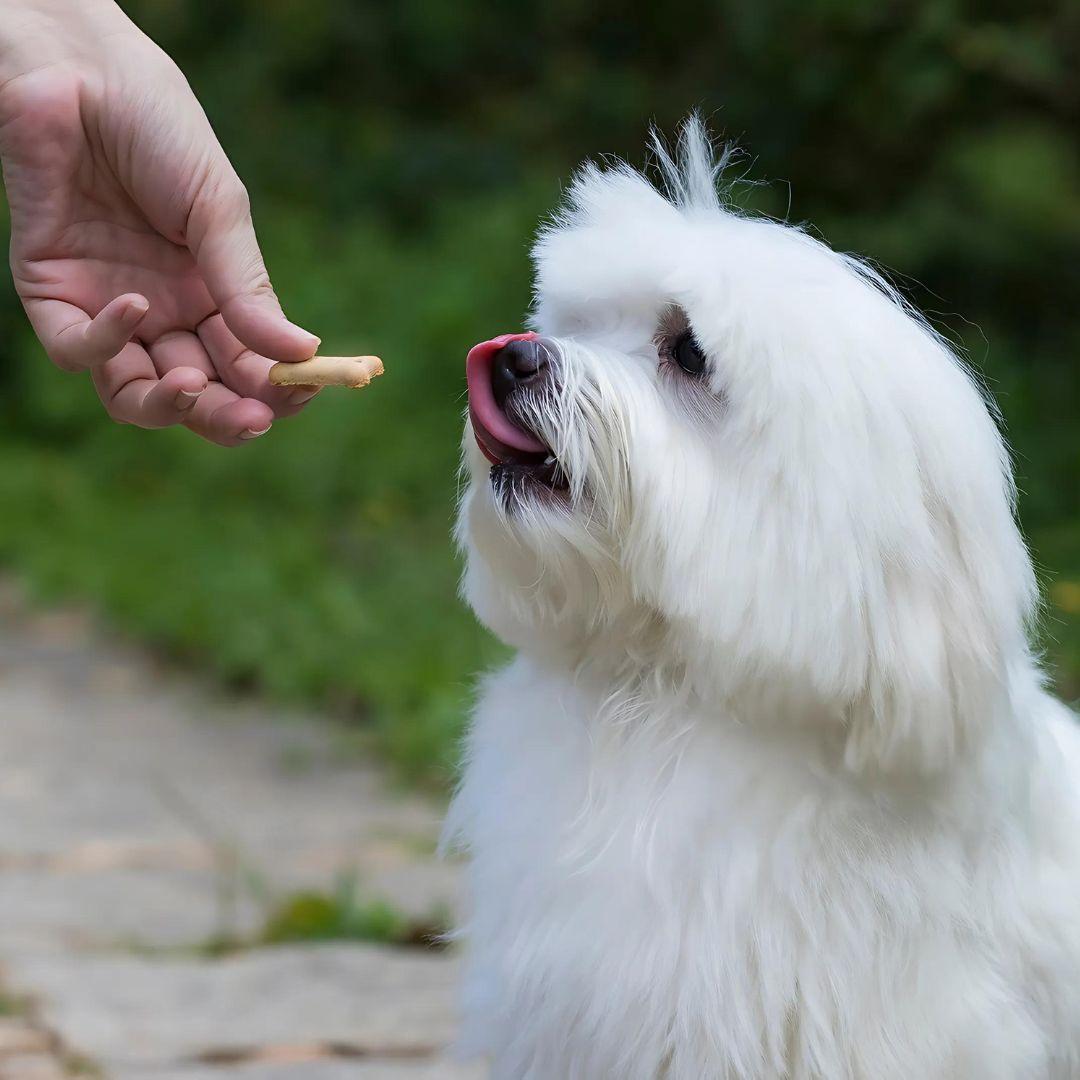

Some pet owners may choose to teach their dog the ‘quiet’ command before they teach them to speak on command, as overall there will likely be more need to stop a dog barking than to encourage them.
This can be done by creating a situation by which your dog will be provoked to bark, perhaps ringing the doorbell or having someone greet them excitedly. Validate your dog’s response by acknowledging the source of the noise, and then turn their attention towards a treat or a toy. Once the barking ceases, reward them.
This can be repeated several times, and once they seem to be getting the idea, try introducing your chosen command, such as ‘quiet’ or ‘shh’. The more you practice this, the more your dog will come to associate the command with the desired behavior.
Now here comes the fun part! Once you are confident in your dog’s foundational training (and know you can quieten them down if they get overzealous! , you can move onto teaching them how to bark on command.
Here are some of the steps you can take to train your dog to speak:
The first step is to get your dog to bark. There are a number of ways to do this; consider what tends to make your dog bark and try and recreate this. This could be by ringing a doorbell, greeting them excitedly or get them all riled up with their favorite toy. Once your dog starts to make some noise, you can move onto the next step.
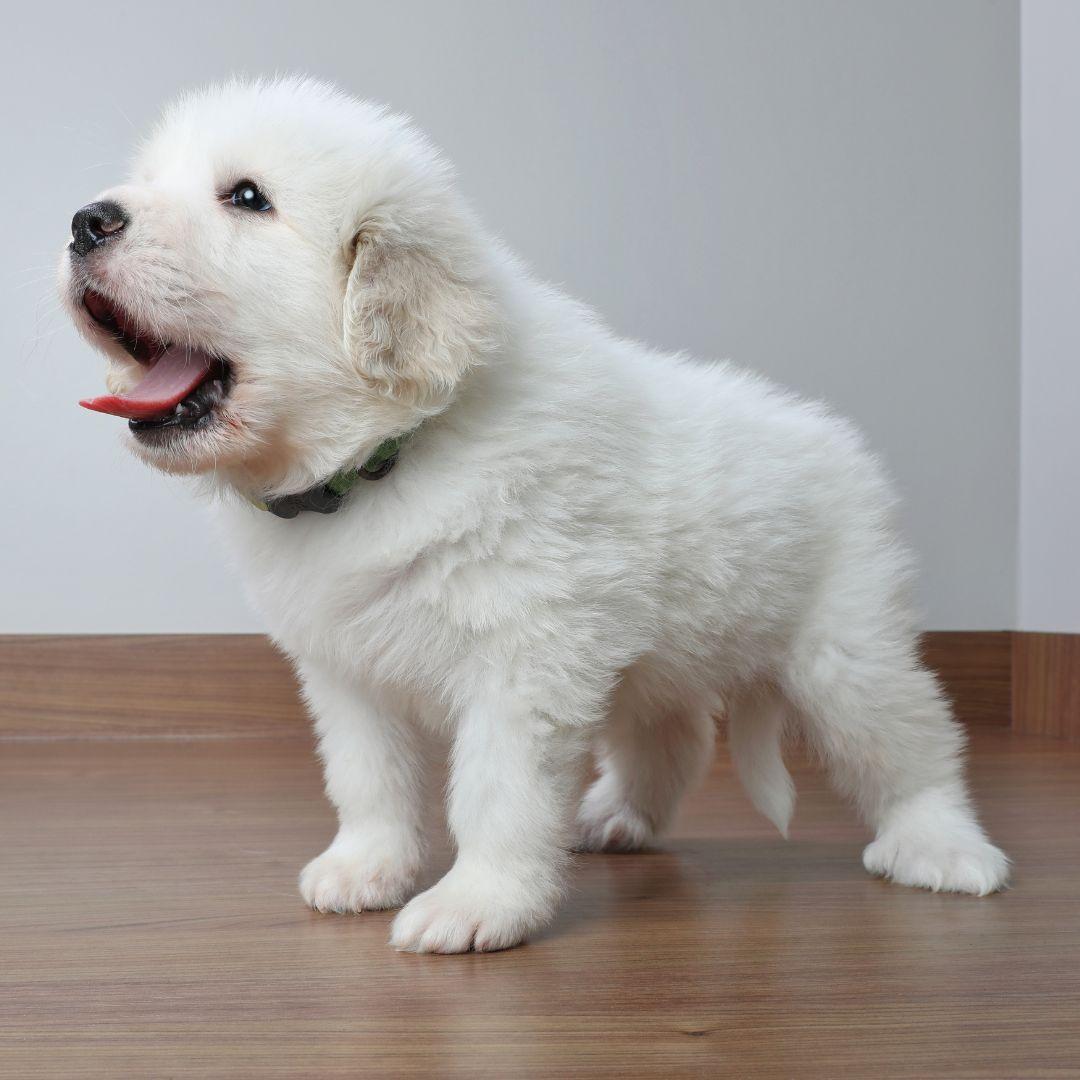
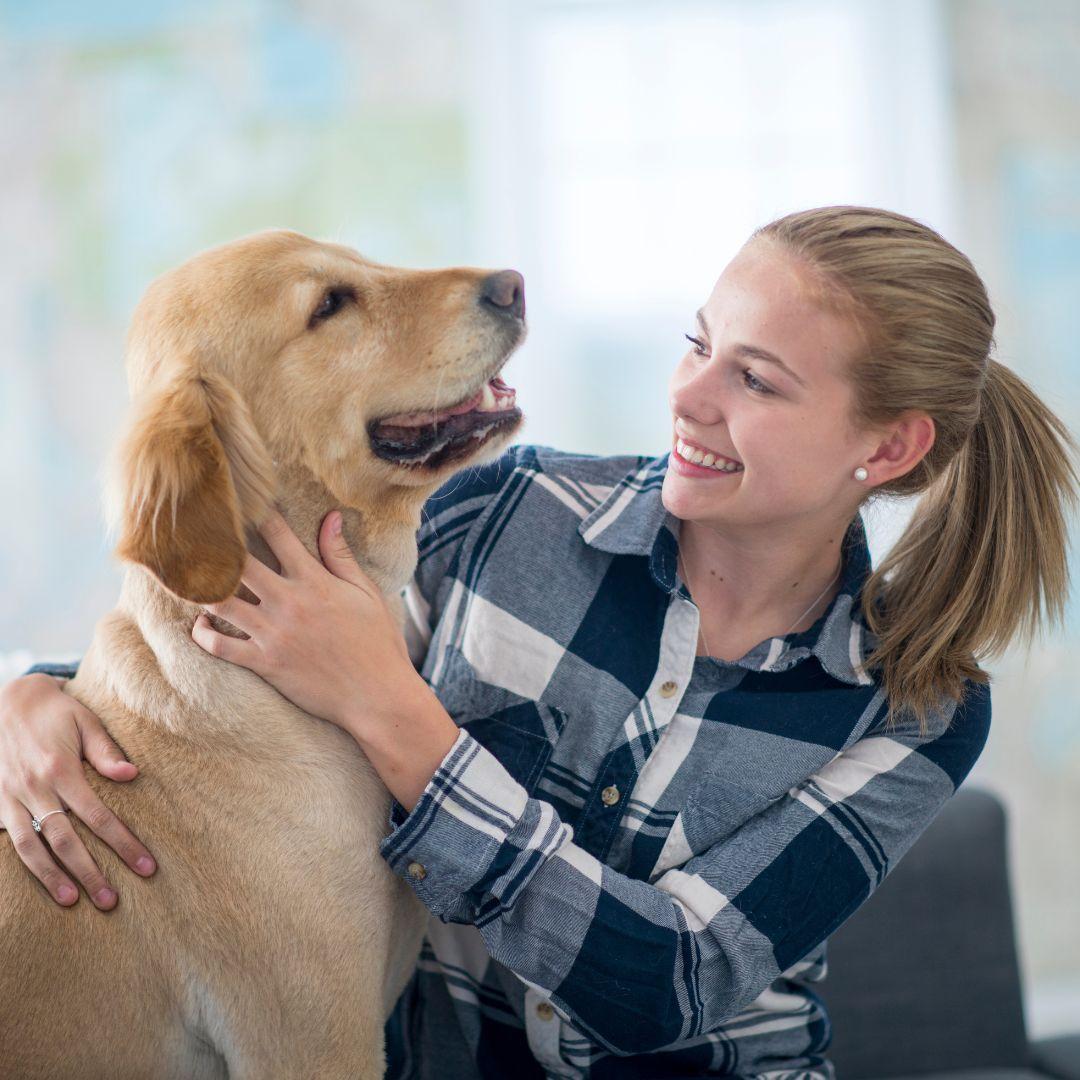
You’ve provoked your dog to bark, so now you want to mark this behavior with your chosen vocal command, perhaps ‘bark’, ‘speak’ or ‘talk’. It is important to keep your tone clear and upbeat so that your dog is receptive to the command and keeps their focus on you. If you are too quiet or seem upset or angry when giving the cue, your dog will sense this.
After you have given the command, you want to reward their behavior with a treat. Using repeated positive reinforcement is the best way to solidify a new command into your dog’s fuzzy little head. Rewards are an important tool in any training routine, as dogs love to know that they are doing a good job and pleasing their owner.
Once you have tried out each step, you can then repeat this several times so that your dog starts to get the hang of things. Keep sessions short and exciting to keep your dog’s focus, and be sure to keep things energized and exciting.
You may choose to incorporate a hand signal alongside the vocal command - pups love a visual cue and this can help them learn the trick quicker.
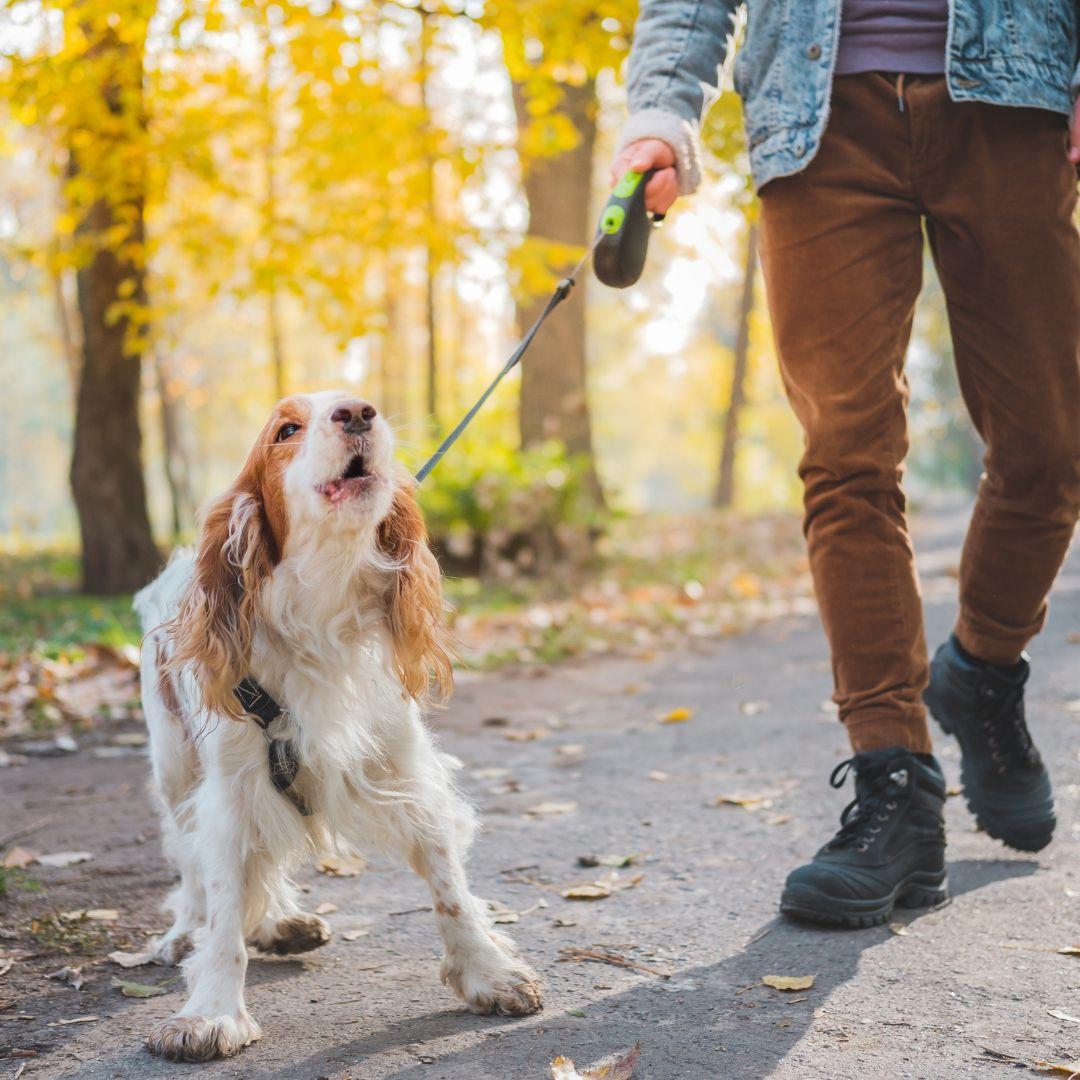
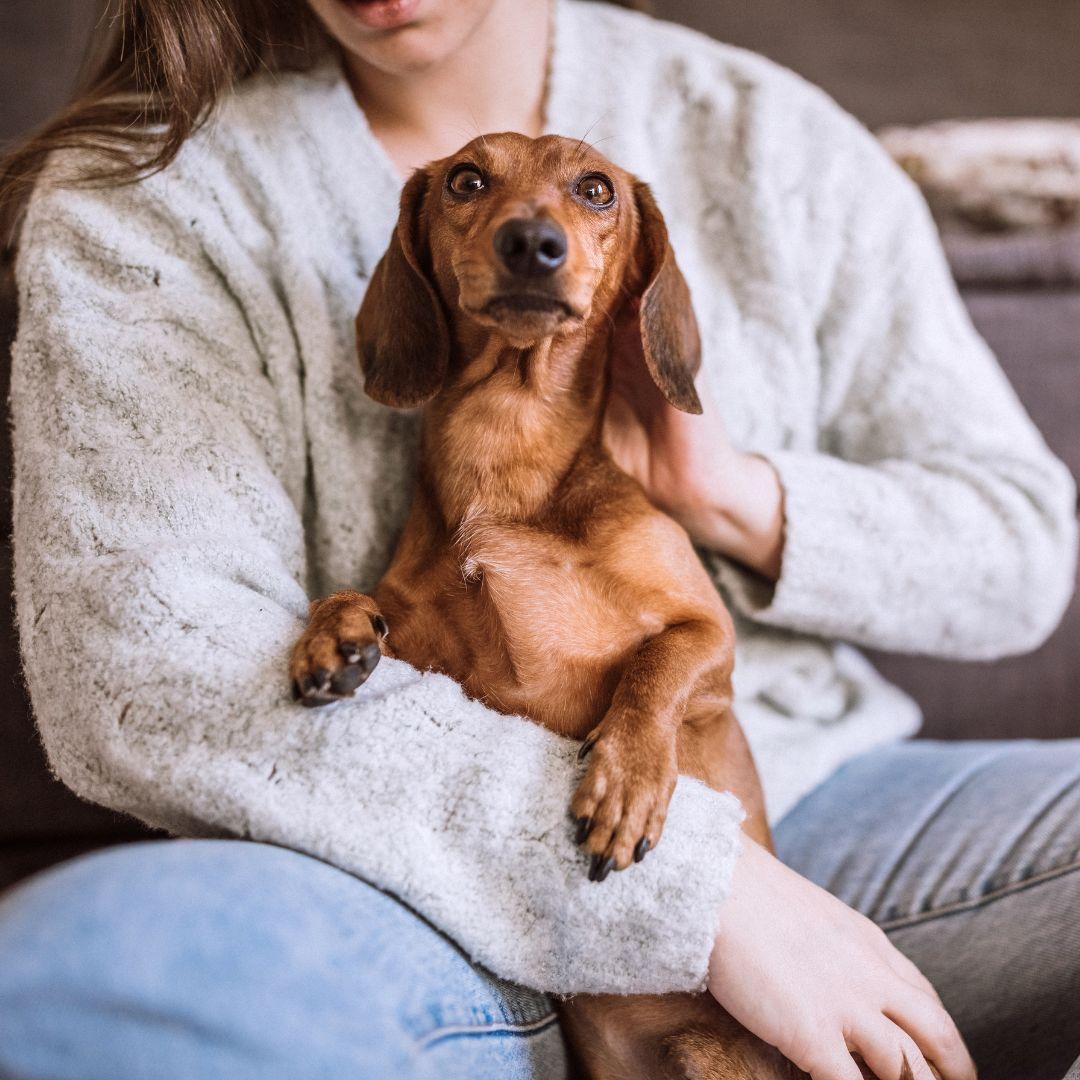
Here are a few additional tips for when it comes to teaching your dog to speak:
The downside to teaching your dog to speak is that it can sometimes encourage too much barking. The aim of the trainer is to focus on getting your dog to give a singular bark that is only spoken on command, rather than giving them the idea that they can just keep shouting.
This is why it is important to be very clear and concise when giving the command, making sure your dog is fully focused on you.
Always let your neighbors know if you plan to train your dog to bark on command, as it can be disruptive in the early stages. If you plan to keep ‘speak’ as a regular command, it is important that those living around you are aware so that they can expect the sounds.
Training must be consistent and regular to confirm your dog’s learning. If you start changing up your commands or going long periods without training, your dog is likely to get confused and be less receptive to your commands.

See How Dog Owners Are Using These Leak-Free Potty Pads to Keep Their Homes Clean and Pups Happy
4.7 ⭐⭐⭐⭐⭐
Over 100,000 Dog Owners Saved Money With Potty Buddy™
The washable pee pads that absorb anything your dog throws at them, while keeping your floors and furniture stain-free.
✅ Super Absorbent and Leak-Proof
✅ Great for Potty Training
✅ Ideal for Puppies and Older Dogs
✅ Washable and Reusable For Years
✅ Save over $400/year by not buying disposables
-60 Day Money Back Guarantee-

⭐⭐⭐⭐⭐
-Diana D.
These pads are a life saver for my kitchen floor and bedroom carpet! Just ordered 2 more!




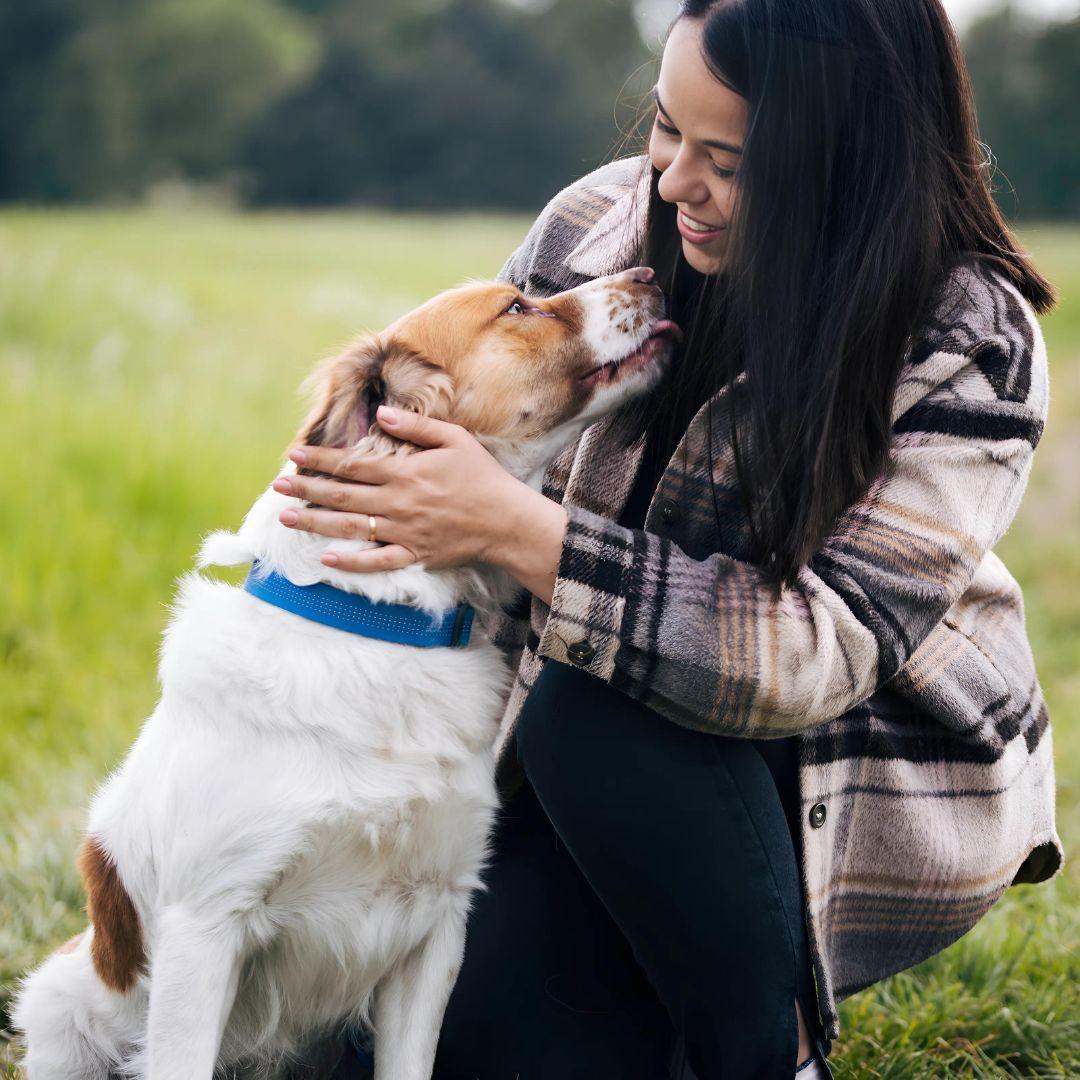
This neat trick has a lot of benefits, and teaching your dog how to speak can lend itself to other areas of training too.
You can train your dog to ‘speak’ as a way of letting you know they need something. For example, if they need to use the bathroom, or they are concerned about something. Teaching your dog to ‘whisper’ has become very popular, and let’s face it, those gentle little woofs are extremely adorable.
Talking buttons have also gained popularity and open up the doors to a whole new line of communication between dog and owner - this involves teaching your dog to associate the appropriate voice buttons with what they need, for example pressing the button that says ‘bathroom’ when they have the need to go.
Dogs are extremely bright and are eager to please their loved ones - if treated with kindness, consistency and a treat or two, the world is their oyster.
Check Out Our Most Popular Content